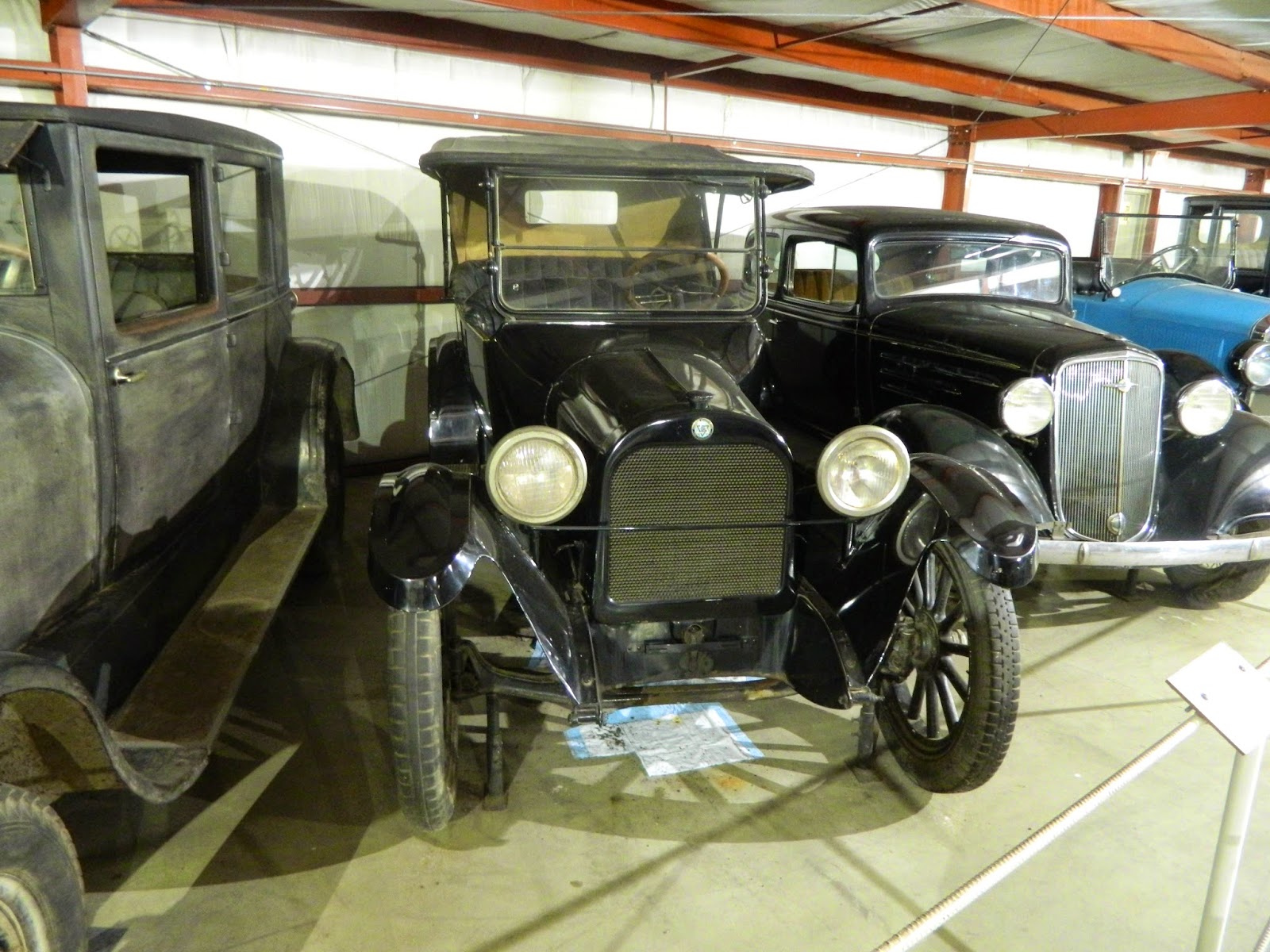The Chevrolet "490" was initially made to compete with the Ford Model T, which was priced at $495 at the time. Although it was nicknamed the “490” series because of its initial $490 price tag, the price had gone up since it was started in 1916. In 1917, the “490” Roadster cost $535, and the “490” Touring cost $550. In 1918, this "490" Roadster initially cost $660, dropping to $625 later in the manufacturing year, while the “490” Touring initially cost $685. This "490" Roadster weighs about 1,820 pounds, has 4 cylinders and a 3 11/16” x 4” bore and stroke. This particular "490" was made at the Chevrolet Motor Company factory in St. Louis, Missouri.
The Chevrolet Motor Company was co-founded on November 3, 1911, by William Crapo Durant, the co-founder of General Motors and founder of Durant Motors, and Louis Chevrolet, a well-known Swiss race car driver, mechanic, and automobile designer. Durant co-founded this company about three years after co-founding General Motors and about a year after being removed from the company. An ambitious pioneer of the automobile industry, Durant managed to acquire a majority of the stock in General Motors by 1915, and resumed his position as leader of the company.
In that same year, 1915, Louis Chevrolet sold his interest in his company as well as his name to Durant, leaving Durant in sole control of the Chevrolet brand. As the director of both General Motors and Chevrolet, Durant was in a position to merge the two companies, which he did on May 2, 1918, around the time the company produced Stuhr Museum's Roadster. By 1921, however, Durant had upset a number of people within the company, including stockholders, and he was removed from the company a second and final time.
If you look at the front of this Roadster and the other two Chevrolets in Stuhr Museum's exhibit, you will see the familiar Chevrolet logo. Where that logo originated is a mystery, although Durant put forth the most widely accepted story of its start. Before co-founding Chevrolet, Durant traveled the world, visiting Paris in 1908. While staying at a hotel there, he took note of a certain wallpaper design he saw. As he stated himself, he tore off a piece of that wallpaper, which had a "bow tie" design very similar to the future Chevrolet logo repeated over and over again. Durant used that design as his inspiration for the Chevrolet logo which he introduced in 1913.
Notes
A great resource for information on Chevrolet is Richard M. Langworth and Jan P. Norbye, The Complete History of General Motors, 1908-1986 (Skokie, IL: Publications International, Ltd., 1986).



























